Harvesting Cauliflower Seeds: Where Do Cauliflower Seeds Come From
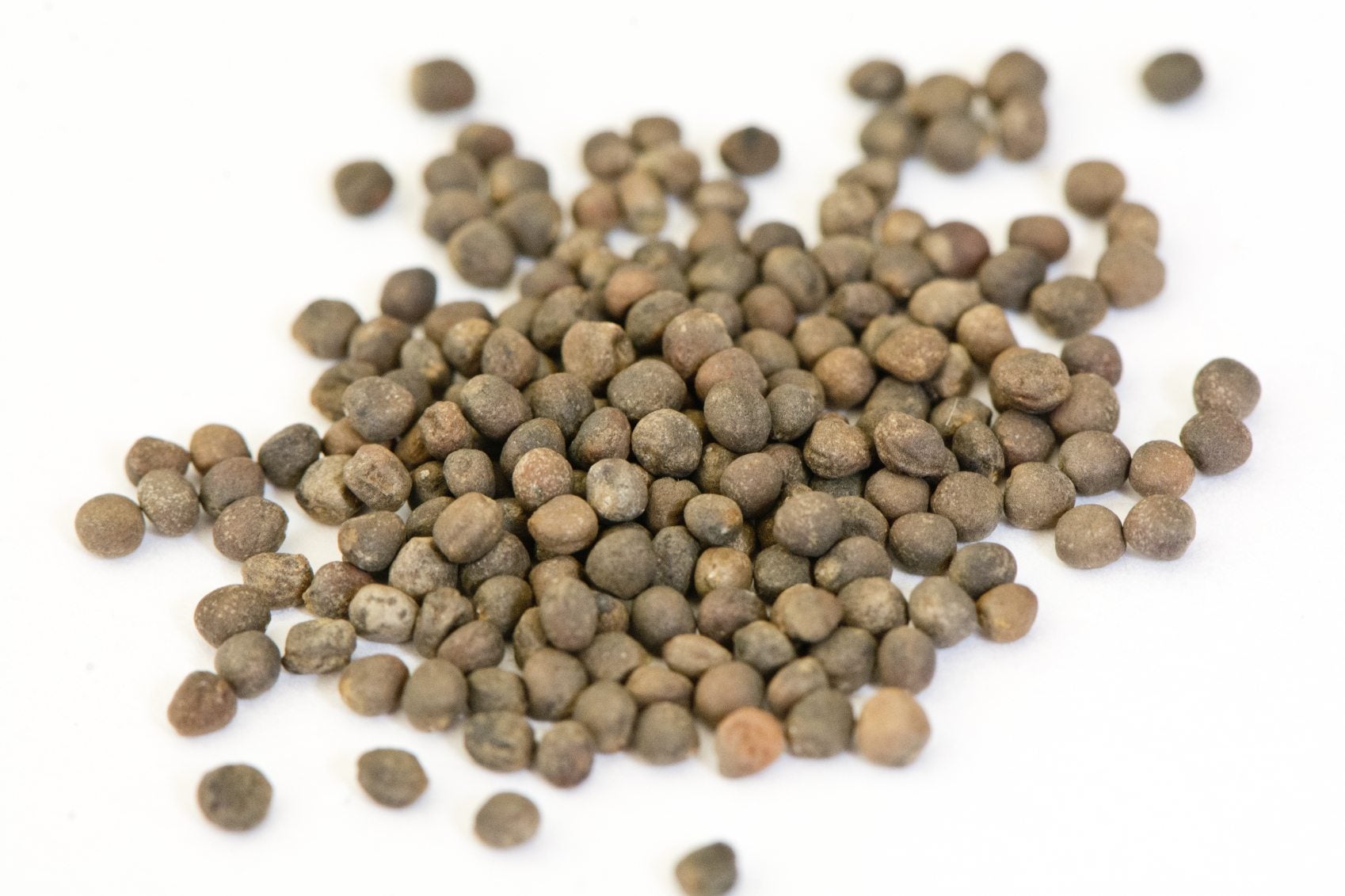
I love cauliflower and usually grow some in the garden. I generally buy bedding plants although cauliflower can be started from seed. That fact gave me a thought. Where do cauliflower seeds come from? I’ve never seen them on my plants. Let’s learn more.
Growing Cauliflower Seeds
Cauliflower is a cool-season biennial in the Brassicaceae family. Amongst its species name of Brassica oleracea, cauliflower shares ties with:
Generally, cauliflower is white, although there are some colorful purple varieties out there and even a green, spiky variety called Veronica Romanesco. Cauliflower needs well-draining, fertile soil that is rich in organic matter. While it prefers a soil pH of 6.0 to 7.5, it will tolerate slightly alkaline soil. Prepare the bed by tilling the soil down 12 to 15 inches (31-38 cm.) and mixing in compost to a 6 inch (15 cm.) depth. Choose a site with at least six hours of full sun. Plant seeds three weeks before the last frost for spring or seven weeks prior to the first frost for fall crops or start seeds indoors four to six weeks before the average last frost-free date. If you start the cauliflower indoors to be transplanted, keep in mind that it doesn’t like to have its roots messed with. So, it is best to start the seeds in peat or paper pots. Plant the seeds ¼ to ½ inches (6 mm. to 1 cm.) deep and keep them moist and in a warm area of between 65 and 70 degrees F. (18-21 C.). When the growing cauliflower seeds are ready to transplant, be sure to harden them off before setting them into the garden. Space plants 18 to 24 inches (46-61 cm.) apart to give them plenty of room for their large leaves. Keep the plants moist or the heads become bitter. Also, feed the plants with an organic fertilizer every two to four weeks.
Where Do Cauliflower Seeds Come From?
Okay, now we know how to grow cauliflower from seed, but what about saving cauliflower seeds? As with other Brassica members, cauliflower only sends up stalks in its second year. In the first year, the plant produces a head and, if left unpicked, in the second year seed pods emerge in summer. In a warm climate, getting them to bolt is easy but in a cold climate, harvesting cauliflower seeds is a little more labor intensive. The first thing to know if saving cauliflower seeds is that the plants are insect pollinated and, as such, they will cross with all other members of Brassica. You need an isolation area of ½ mile (805 m.) for pure seed. Buildings, tree lines, and woods cut down on this isolated area. If you are bound and determined to save seed, you probably want to set aside at least six of the healthiest plants. Don’t harvest the heads. They need to stay on into the second year. If you live in a warm climate, the cauliflower can stay in its bed for the two years it takes to produce seeds. If you live in an area that has extended freezing, the plants need to be dug up in the fall. Store them over winter and then replant them in the spring. If your temps typically only drop below freezing for a few weeks, but not below 28 degrees F. (-2 C.), you can plant cauliflower in the fall and harvest the seed the next summer.
Harvesting Cauliflower Seeds
To harvest the seeds, gather the seed stalks when the seed pods are fully mature and dry on the plant. Use a screen to winnow the chaff from the seed. You can store seeds in a cool, dry area for up to five years.
Gardening tips, videos, info and more delivered right to your inbox!
Sign up for the Gardening Know How newsletter today and receive a free copy of our e-book "How to Grow Delicious Tomatoes".

Amy Grant has been gardening for 30 years and writing for 15. A professional chef and caterer, Amy's area of expertise is culinary gardening.
-
 Looking For Plants To Give You The Soft And Fuzzies? Try These 5 Fuzzy Leaf Plant Options
Looking For Plants To Give You The Soft And Fuzzies? Try These 5 Fuzzy Leaf Plant OptionsLovers of texture, drama, silver foliage and tactile plants will adore these special sensory garden additions. These fuzzy leaf plant options will leave you all aglow
By Susan Albert
-
 Get Ready For A Summer Of Hummers! Grow These Full Sun Hummingbird Plants and Flowers
Get Ready For A Summer Of Hummers! Grow These Full Sun Hummingbird Plants and FlowersIf you’re lucky enough to enjoy a sunny backyard, make sure you are maxing out on your pollinator opportunities and grow these full sun hummingbird plants and flowers
By Tonya Barnett
-
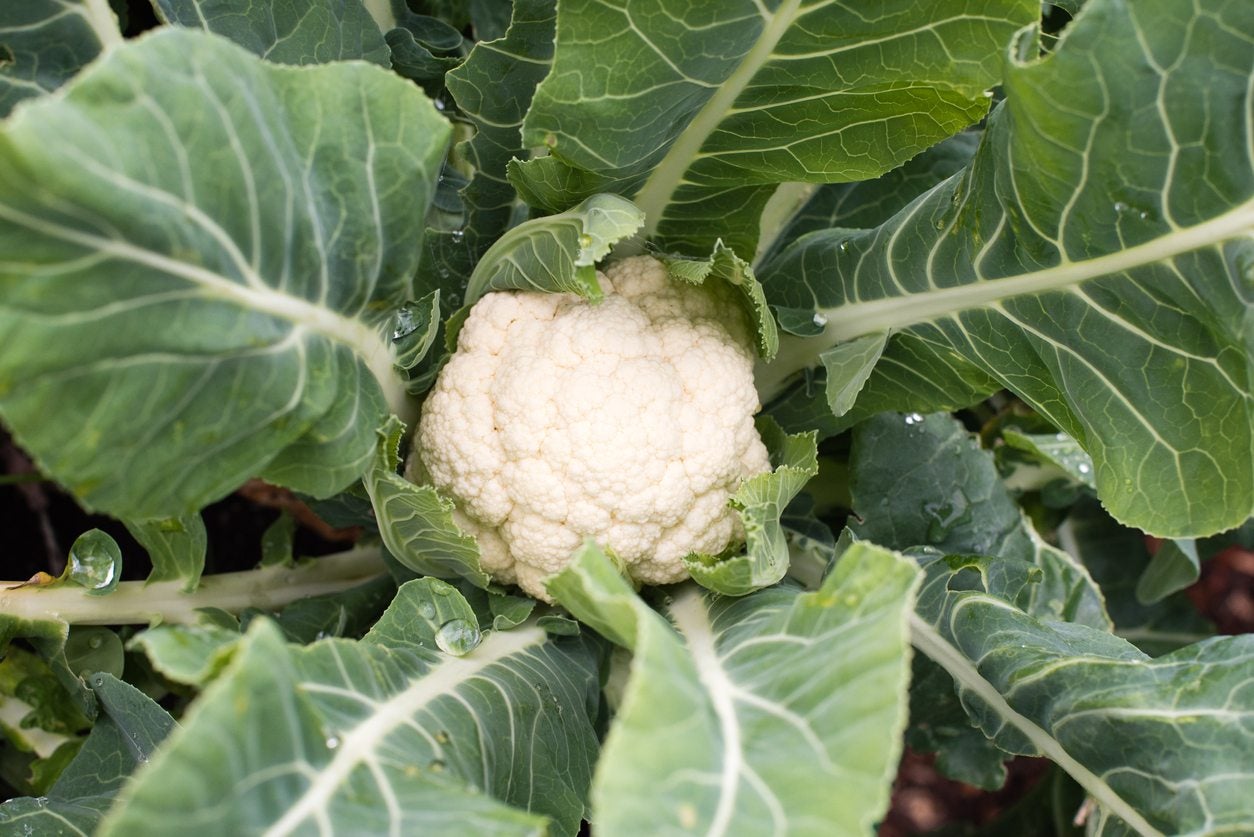 Cauliflower Protection In Gardens – Cauliflower Pest Protection And More
Cauliflower Protection In Gardens – Cauliflower Pest Protection And MoreGrowing cauliflower is not for the faint of heart. The plant is testy and sensitive to heat, frost, and pests. If you want to grow it, protecting cauliflower plants is essential to your success. This article will help with tips on cauliflower plant protection.
By Liz Baessler
-
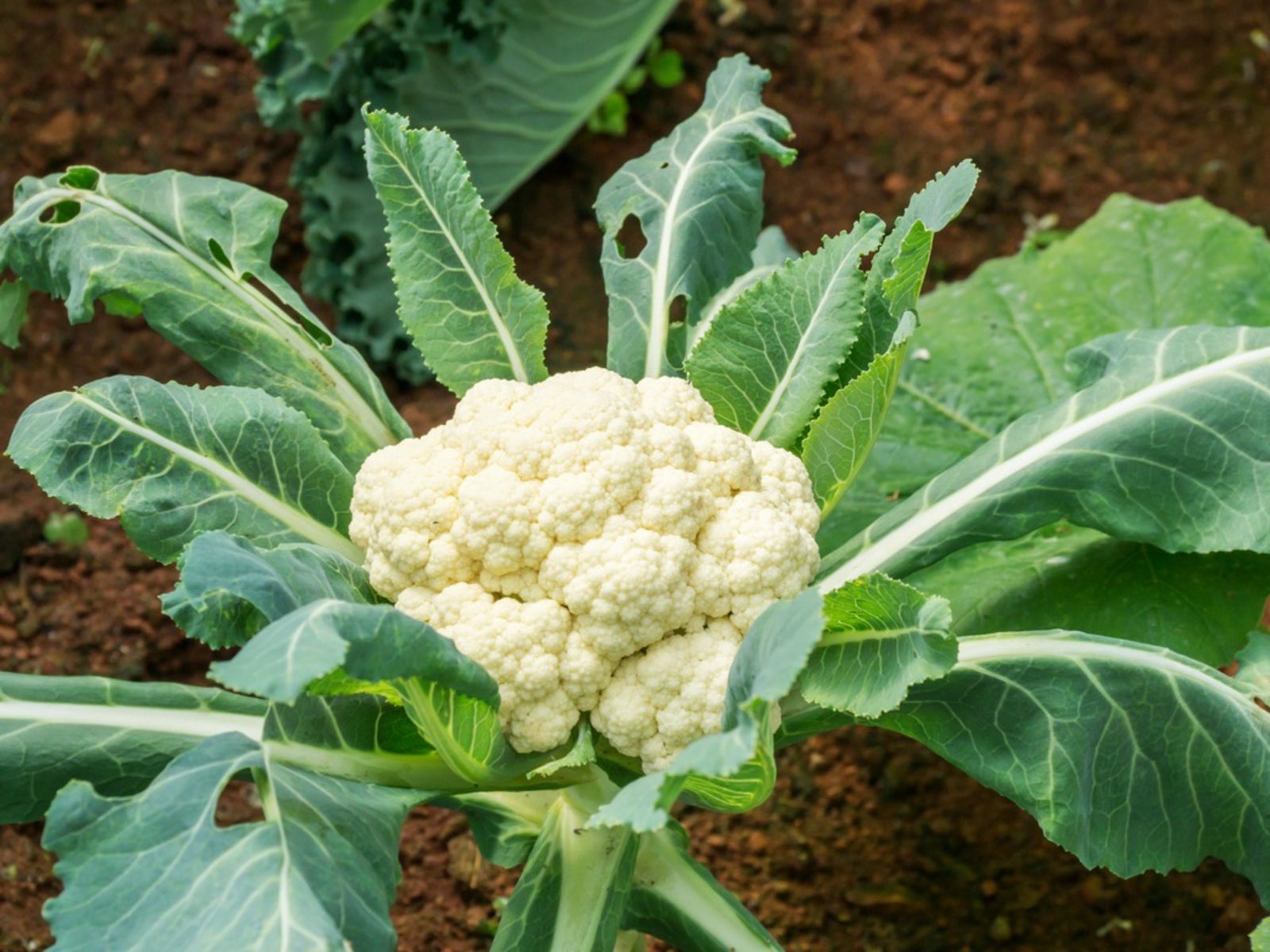 Problems Growing Cauliflower – Learn About Diseases Of Cauliflower
Problems Growing Cauliflower – Learn About Diseases Of CauliflowerKnowing what type of cauliflower diseases may afflict the veggie and troubleshooting these cauliflower problems will aid in the healthy production and yield of the plant. Click this article to learn more about treating these issues.
By Amy Grant
-
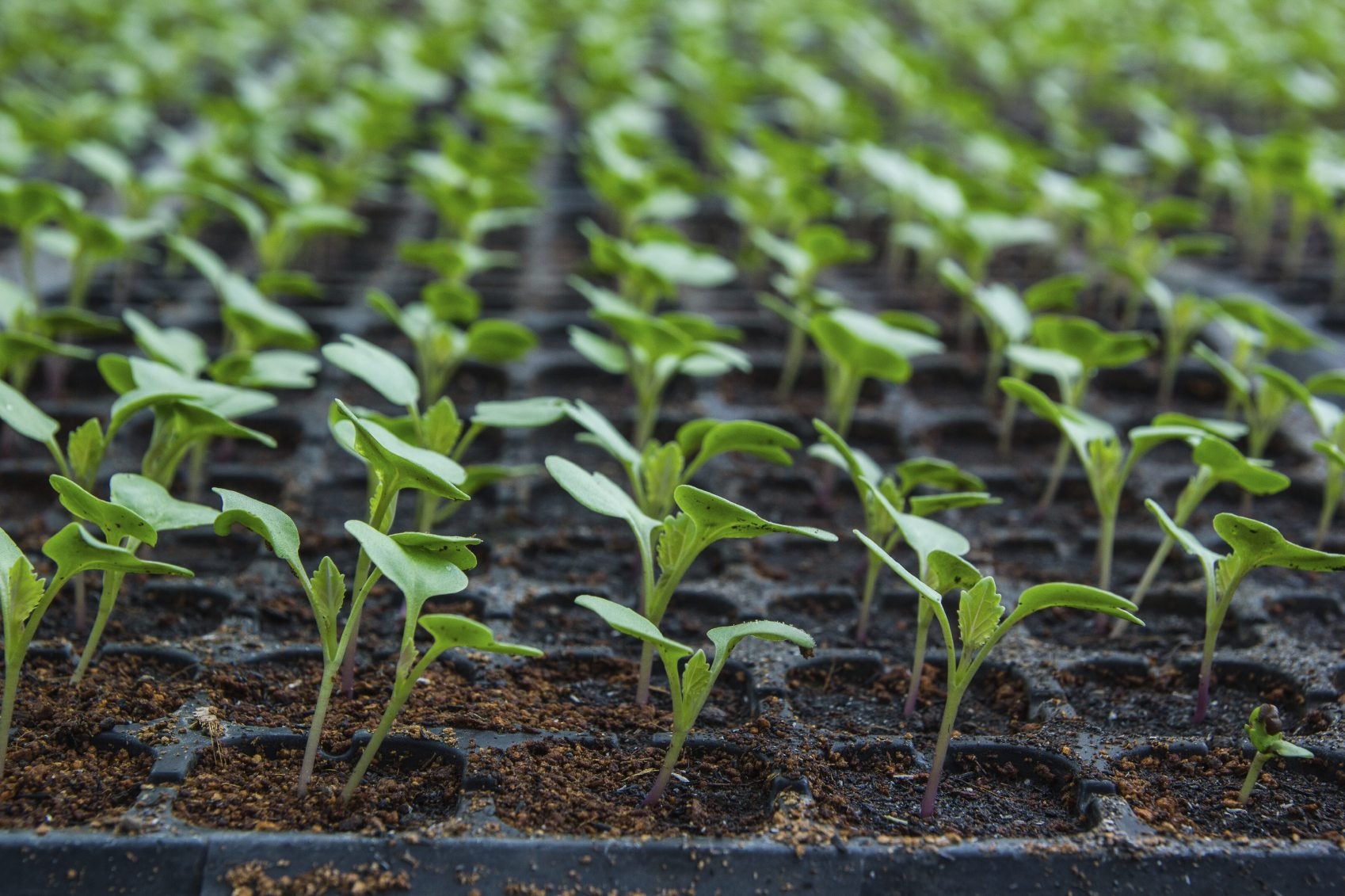 Cauliflower Seed Germination: Tips On Planting Cauliflower Seeds
Cauliflower Seed Germination: Tips On Planting Cauliflower SeedsIf you're looking for a little bit of a challenge in your garden this year, why not try growing cauliflower from seeds? This article provides information on planting cauliflower seeds. Click here for a cauliflower seed planting guide.
By Liz Baessler
-
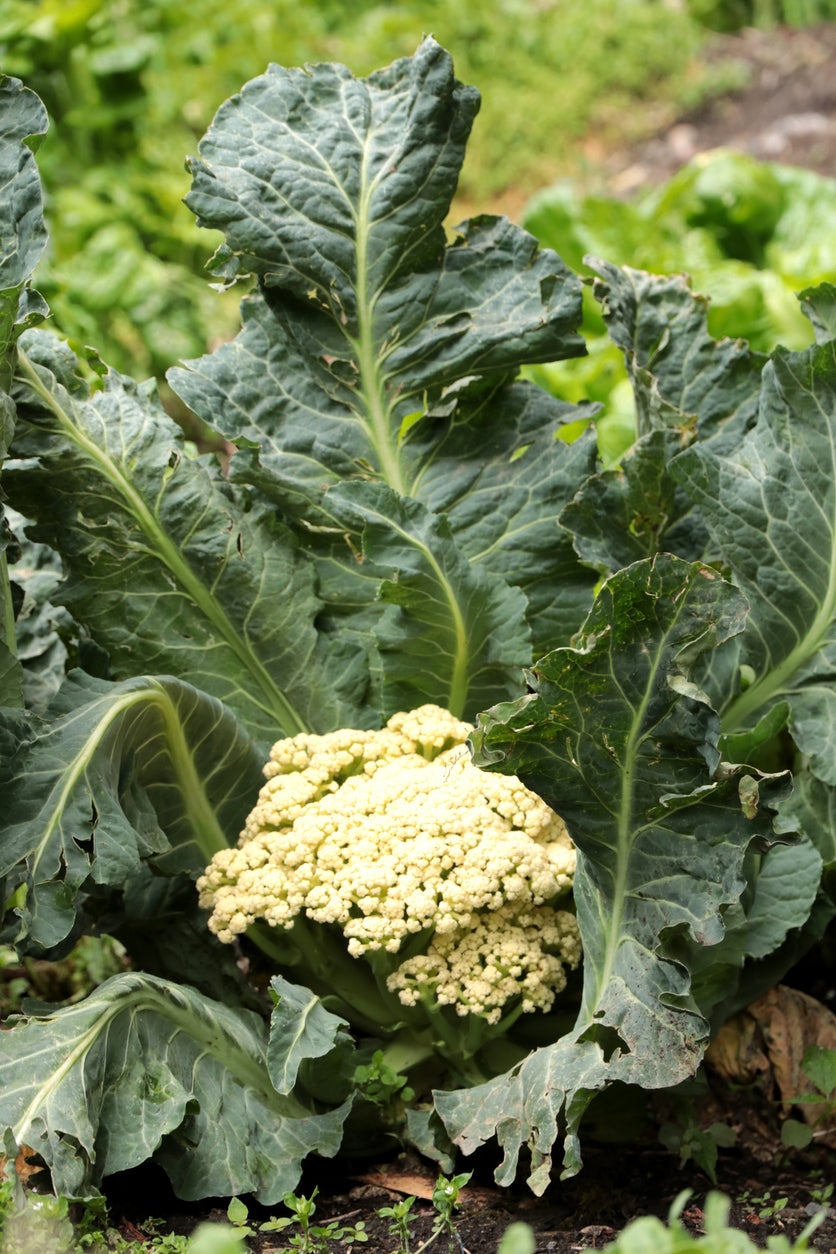 Wilting Cauliflower: Reasons For Cauliflower Plants Wilting
Wilting Cauliflower: Reasons For Cauliflower Plants WiltingWhy are my cauliflowers wilting? What can I do about wilting cauliflower? This is a discouraging development for home gardeners, and troubleshooting cauliflower problems isn't always easy. For helpful tips, click this article.
By Mary H. Dyer
-
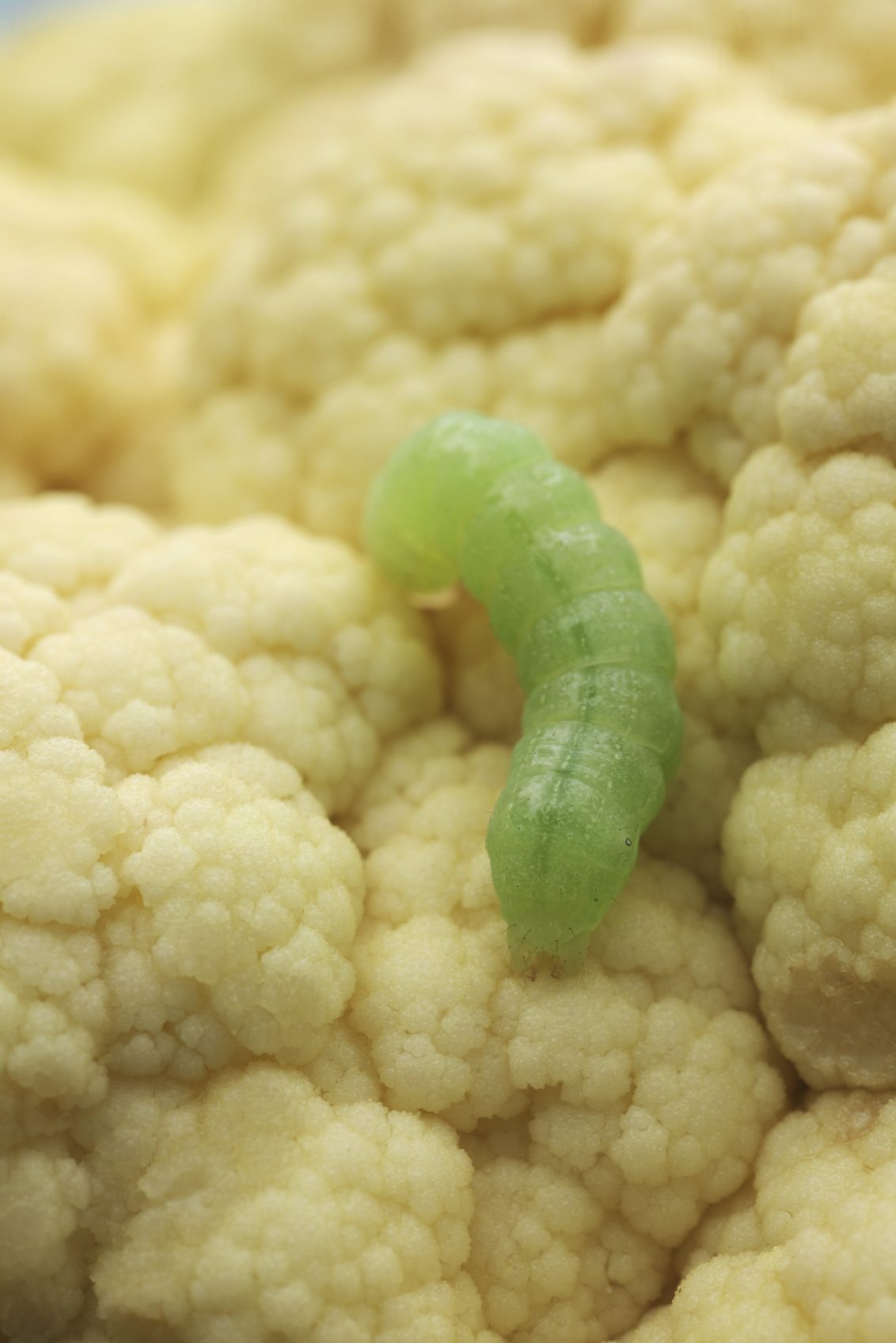 Identifying Cauliflower Bugs: Tips On Controlling Cauliflower Insects
Identifying Cauliflower Bugs: Tips On Controlling Cauliflower InsectsCauliflower bugs can decimate the crop and make the flower head unfit to eat. Treating bugs on cauliflower starts with correct identification of the pest and a targeted control plan that is non-toxic and safe for food plants. This article will help.
By Bonnie L. Grant
-
 Companion Planting Cauliflower: What Are Cauliflower Companion Plants
Companion Planting Cauliflower: What Are Cauliflower Companion PlantsCompanion planting pairs two or more types of plants for the mutual benefit of each other. In this particular article, we're going to delve into cauliflower companion planting. What cauliflower companion plants grow well with cauliflower?
By Amy Grant
-
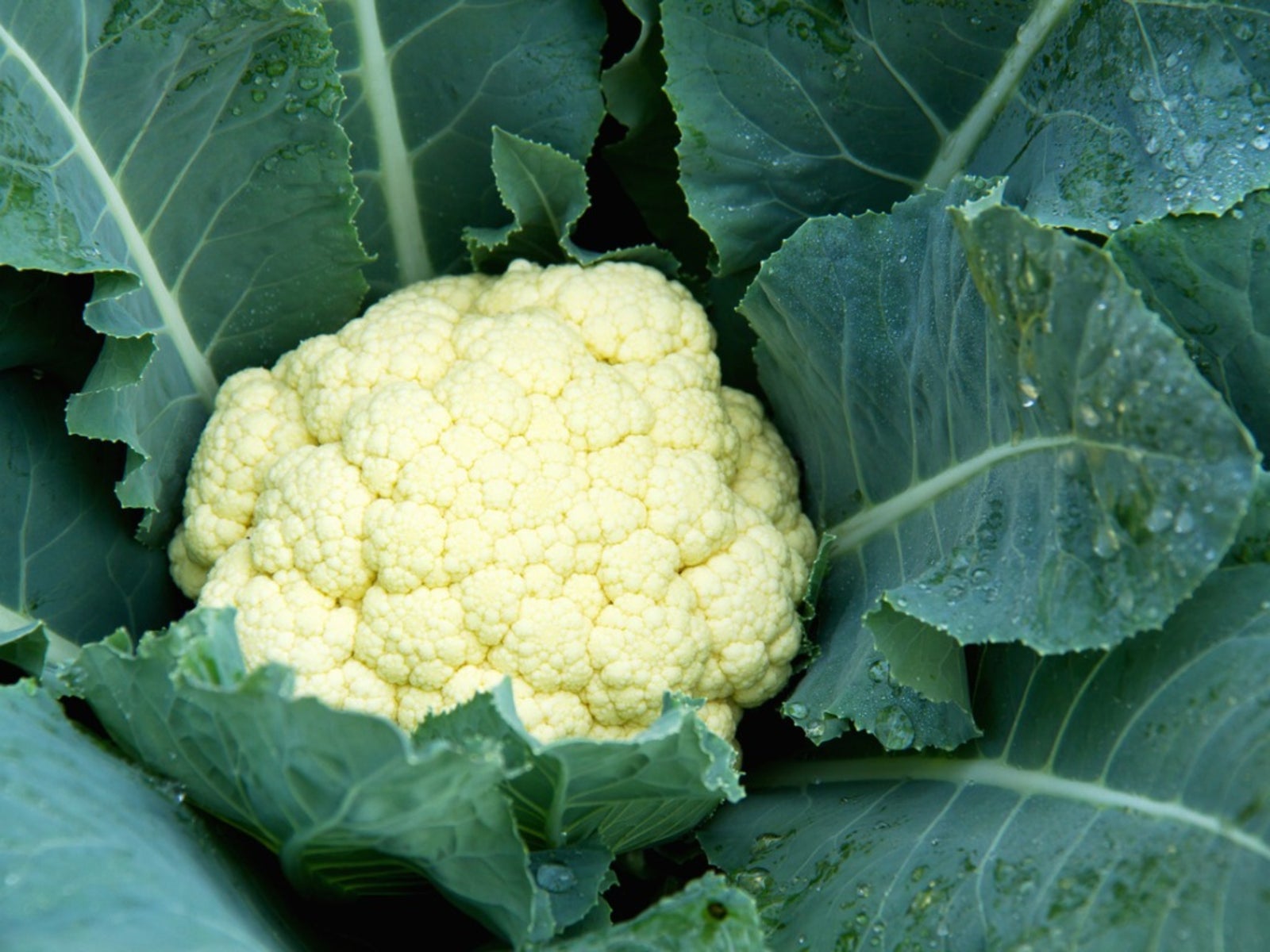 Cauliflower Care In Pots: Can You Grow Cauliflower In A Container
Cauliflower Care In Pots: Can You Grow Cauliflower In A ContainerCan you grow cauliflower in a container? Cauliflower is a large vegetable, but the roots are surprising shallow. If you have a container wide enough to accommodate the plant, you can definitely grow this tasty veggie. Click here to learn more.
By Mary H. Dyer
-
 Cauliflower Head Development: Information About Headless Cauliflower
Cauliflower Head Development: Information About Headless CauliflowerSensitivity to weather and environmental conditions make cauliflower prone to numerous growing problems. Usually, the issues center on cauliflower curd problems such as headless cauliflower. Learn more about this in the following article.
By Amy Grant